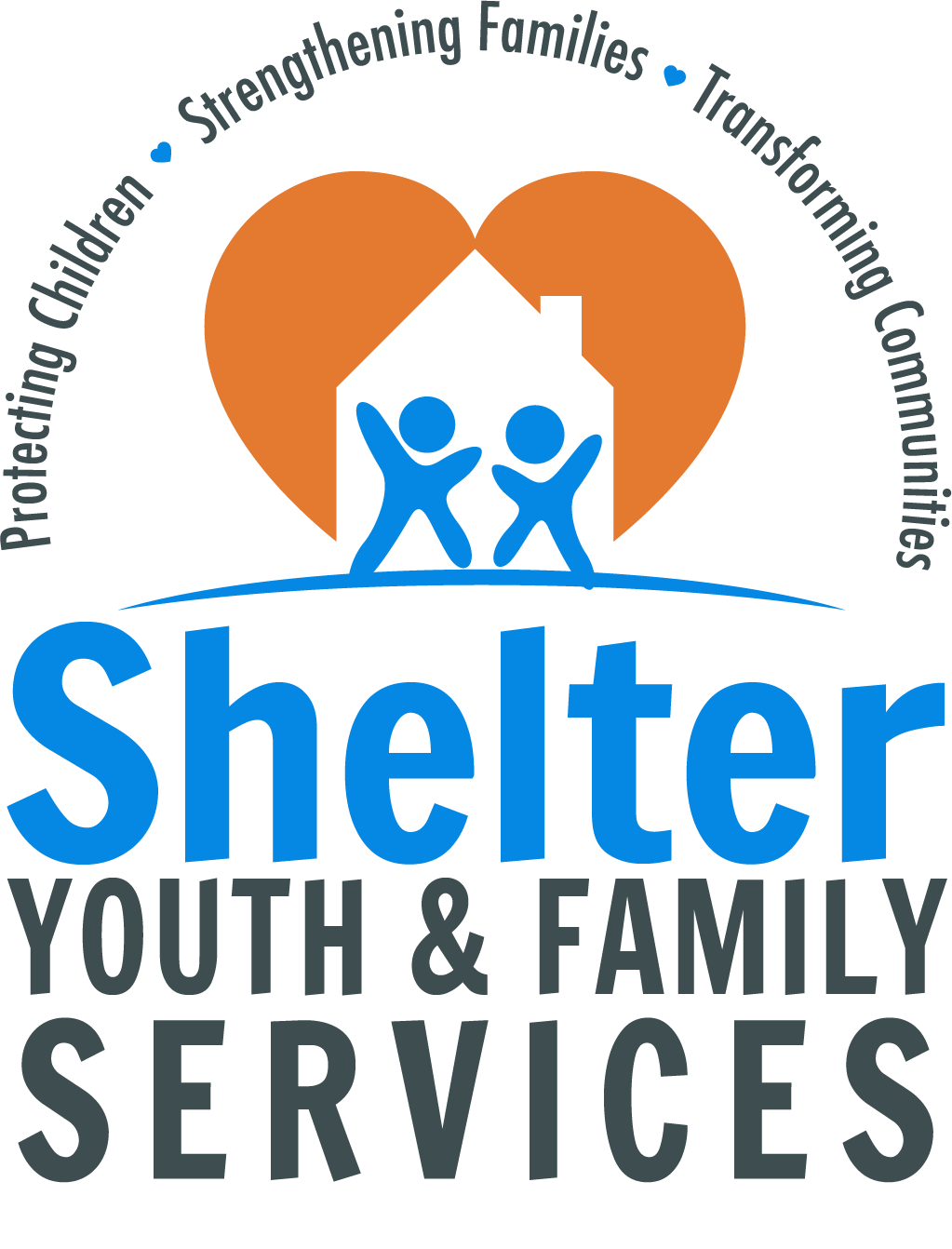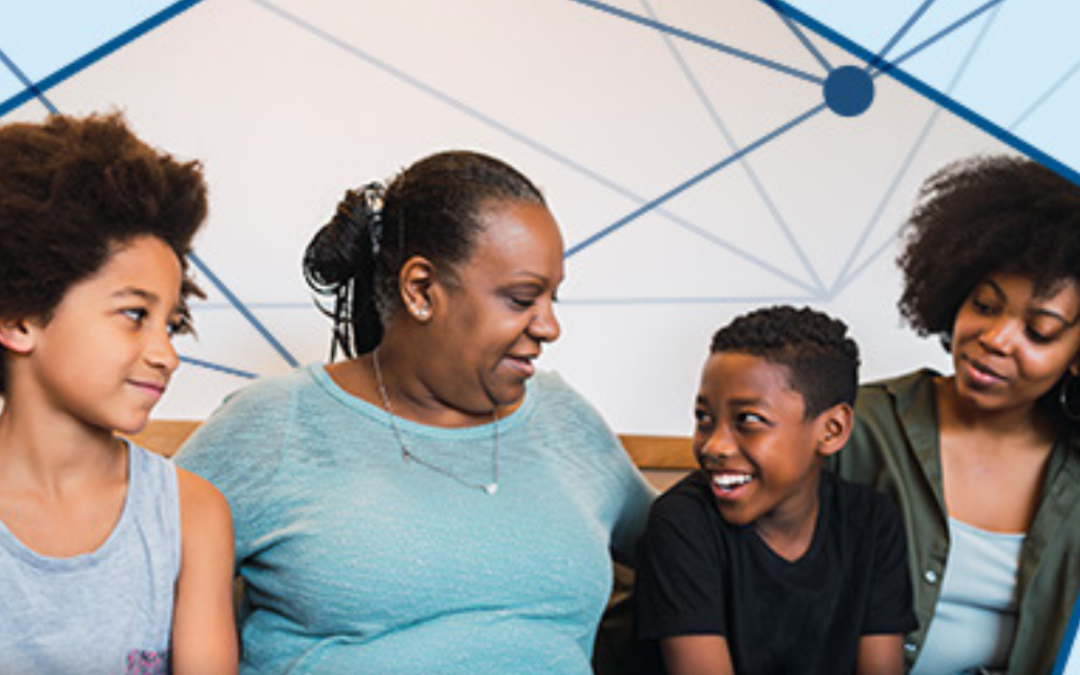May is National Foster Care Month, and this year’s theme is Relative and Kin Connections: Keeping Families Strong. Did you know Shelter’s Foster Care Program works to reunite families whenever it’s in the youth’s best interest and that our foster families may be traditional or home-of-relative?
How many of these Facts & Stats do you know?
- Over 407,000 children and youth are in foster care, and 34 percent were placed with relatives or kin.
- The term kin encompasses both relatives (those related by blood or marriage) and fictive kin (those unrelated but have such a close emotional relationship that they are considered family to children and youth).
- When children cannot remain safely in their home, placement with relatives and kin —both formally through the child welfare system and informally through family arrangements—can increase stability, reduce trauma, and help children maintain a sense of family, belonging, and identity.
- Investing in culturally appropriate services and supports for relative and kin caregivers may help reinforce a child’s cultural identity and traditions.
- Including kin and extended family members in case planning expands placement and permanency options for children and youth when in-home care is not feasible.
- Millions of children and youth live with relatives outside of the formal child welfare system. Kinship navigator programs can provide critical support for relative caregivers, including connections to resources and benefits, financial and legal assistance, peer support, etc.
- Relational permanency is fundamental to the well-being of children and youth. Maintaining relationships with relatives and kin can help provide a sense of belonging for young people in care.
- Exploring relational permanency can lead to legal permanence. For example, of all children and youth waiting for adoption, 25 percent were placed with relatives. Of those aged 14 and above, 14 percent were placed with relatives.
View Frequently Asked Questions (FAQ)


